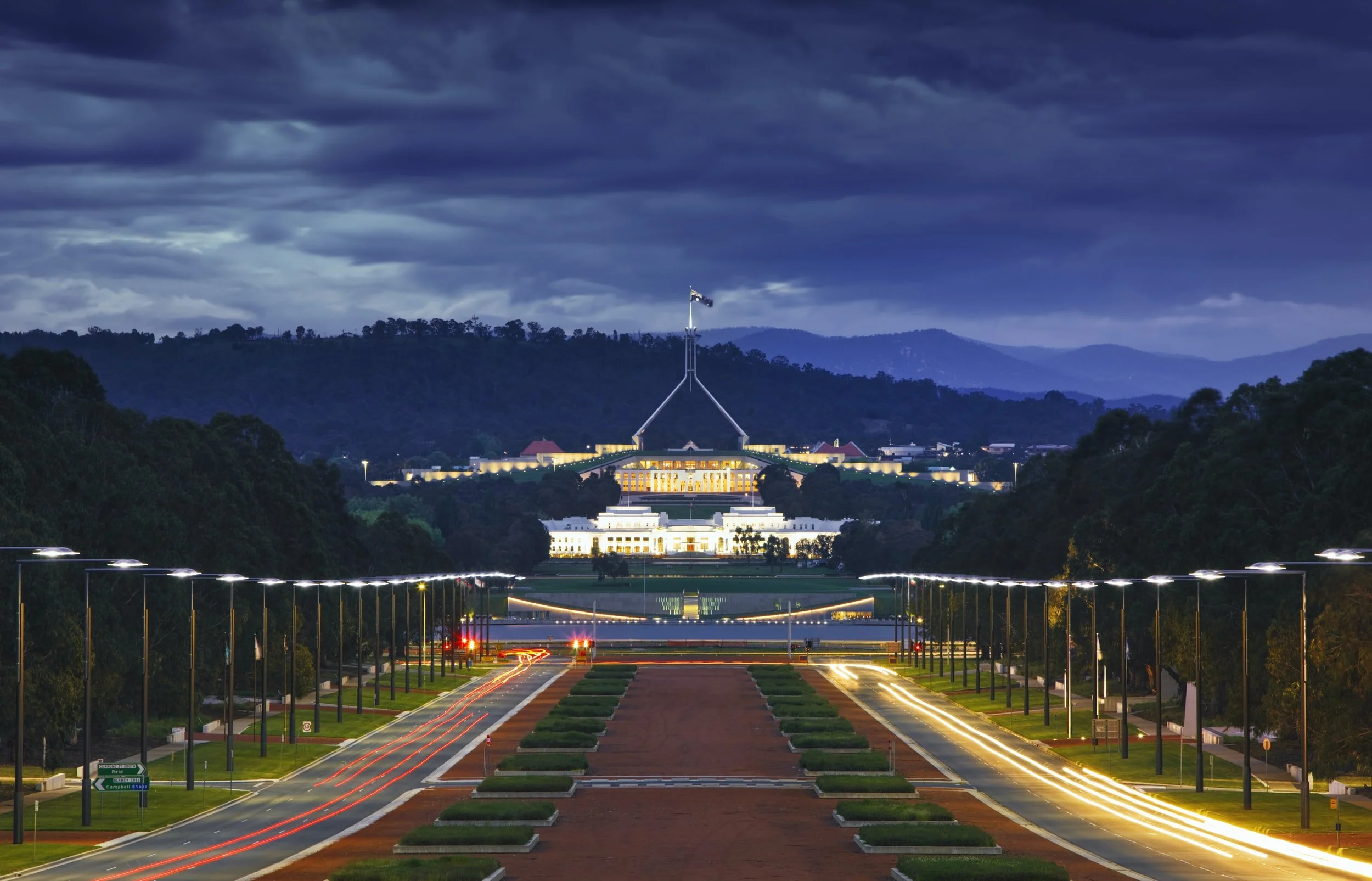In today’s blog, Phoebe Nagorcka-Smith (@PNagorckaSmith) explores what the Royal Commission into Violence, Abuse, Neglect and Exploitation of People with Disability had to say about family and domestic violence.
Read MoreExamining, and supporting, women’s financial wellbeing at a single point in time will never fully capture, nor compensate for, the effects that experiences of violence have on their lives. Life Course Centre (@lifecourseAust) researchers Dr Alice Campbell (@ColtonCambo), Professor Janeen Baxter (@JaneenBaxter7) and Dr Ella Kuskoff (@EllaKuskoff) from The University of Queensland (@UQ_News) are investigating how violence and multidimensional disadvantage intersects and accumulates for women over the life course.
Read MoreThe lack of public acknowledgement of sexual violence against women and children during the first month of UK lockdown could have long-term implications not only for individuals but for the services put in place to support them, a group of UK experts have argued in an article published by the Journal of Gender-Based Violence.
Read MoreAnti-Poverty Week is an event held every October to raise awareness and understanding of the causes and consequences of poverty in Australia, and to encourage action to end it. In today’s analysis, researchers at the Life Course Centre (@lifecourseAust) are highlighting the links between women, violence and poverty, and the structural inequalities that must be addressed to stop it. A summary of this analysis is presented here by Dr Alice Campbell (@ColtonCambo) and Professor Janeen Baxter (@JaneenBaxter7); you can read their full report here.
Anti-Poverty Week runs from 17-23 October this year.
Read MoreOne of the headline figures in Tuesday’s federal budget was a A$1.1 billion dollar investment in women’s safety. This came as part of a special women’s budget statement, which pitched the budget as helping provide women with “respect, dignity, choice, equality of opportunity and justice”. It also comes amid a national crisis in domestic violence. On average, one woman is killed every week in Australia by a male current or former partner. So does the budget deliver on its promise to prioritise women’s safety and equality at home and at work? Does it do enough?
Read MoreIt has been a massive step for Australian policy to recognise that domestic and family violence is underpinned by social norms, and there is an attendant increase in government programs aiming to change the narrative. In today’s analysis, Ella Kuskoff (@EllaKuskoff) and Cameron Parsell (@CameronParsell), both of University of Queensland (@HASSUQ), explain how such initiatives, while important, will ultimately come up short if they do not also address embedded structural inequalities. This analysis draws on their recently-published article, Preventing Domestic Violence by Changing Australian Gender Relations: Issues and Considerations.
Read MoreThe phrase ‘complex forms of violence’ has been used to sequester certain types of violence to be addressed in a bespoke fashion. In today’s analysis, Laura Vidal (@lauraemilyvidal) of Good Shepherd Australia New Zealand (@GoodAdvocacy) and Sana Ashraf of The Harmony Alliance (@aus_harmony) consider the unintended consequences of framing certain forms of violence as complex by providing a background to diverse experiences of violence for women and their children. This post is the third in a series in response to the Senate Inquiry into Family, Domestic and Sexual Violence. Part one argues for the need for a multi-disciplinary response to family violence, while Part two explains how financial independence is critical to ensuring women’s safety.
Read MoreThe federal inquiry into family, domestic and sexual violence was announced by the Honourable Marise Payne and the Honourable Senator Anne Ruston on the 4th of June 2020, and public hearings commenced last week following the Inquiry receiving over 150 submissions. Whilst advocates across Australia met this new Inquiry with scepticism, the Inquiry does provide an opportunity to rethink reform, and in particular highlight opportunities to address some of the lesser-known aspects of gendered violence that are critical to a whole-of-community response.
Today’s analysis is provided by CEO Stella Avramopoulos (@stellaavram), Laura Vidal (@lauraemilyvidal), and Madeleine Ulbrick (@maddyulbrick) of Good Shepherd Australia New Zealand (@goodshepANZ, @GoodAdvocacy) who argue that a multi-disciplinary and cross-sector response presents opportunities for action to prevent all forms of violence against women and their children. This piece is part 1 of 3, and draws on the Good Shepherd submission into the Inquiry which can be read in its entirety here.
Read MoreIn a year full of surprises, the delay of the national budget is but a blip on the screen. As pre-submissions to the budget close this week, Policy Whisperer Susan Maury (@SusanMaury) and Jeremy Levine (@_JeremyLevine), both of Good Shepherd Australia New Zealand, analyse how integrating a process of gender-responsive budgeting could enable Australia’s state and federal governments to identify and address some of the many social and economic hits that COVID-19 has unleashed. This analysis draws on their testimony to the Victorian Government’s Inquiry into Gender Responsive Budgeting. A copy of the tabled document and full transcript is available here.
Read MoreYoung women have borne more than their share of the hardship created by COVID-19 and the government response. Young women are more likely to be in precarious employment which was not covered by JobKeeper, for example, and are also more likely to be studying, which has not had an adequate federal response to address hardship. Young women are also the group most likely to become infected by COVID-19, and while the reasons why are unclear, it could be because young women are disproportionately exposed to the virus through their work environment – including in such sectors as health care, care work, education and public-facing employment in cafes and restaurants. In today’s analysis, Brianna Delahunty and Emma Riseley, of the Equality Rights Alliance Young Women’s Advisory Group (@ERAAustralia) and supported by the National Foundation for Australian Women Social Policy Committee (@NFAWomen), provide an analysis of how young women are being left out of critically-needed policy responses.
Read MoreWomen who have been to prison should be a priority group for violence prevention.
Read MoreWhile it was anticipated that lockdown measures in response to the COVID-19 pandemic would increase incidences of domestic and family violence, barriers to women accessing help made the full effects difficult to measure. In today’s analysis, Hayley Foster (@CEOWomensSafety) of Women’s Safety NSW (@WomensSafetyNSW) shares a summary of findings from a survey of practitioners which provide an emerging picture of what women’s experiences have been in lockdown and how the service system needs to be strengthened so that women have a realistic pathway to safety. Specific recommendations for keeping women safer provide a roadmap for immediate service and policy reform.
Read MoreThere is increasing understanding that economic abuse coincides with other forms of family violence and abuse, as the perpetrator is driven to exert power and control. Despite this, its hidden nature and the various forms it takes means it is seldom addressed in system responses. In today’s post, Dr Madeleine Ulbrick (@MaddyUlbrick) of Good Shepherd Australia New Zealand (@GoodAdvocacy) shares insights from her recently completed PhD on economic abuse responses in Victoria. She argues that to effectively achieve women’s physical security, their material security must be prioritised.
Read MoreAustralians are increasingly isolating in an attempt to flatten the curve of Covid-19’s spread. This is having profound impacts on our everyday lives, but the evidence is clear that the impact is far greater for women. In today’s piece, Policy Whisperer Susan Maury (@SusanMaury) of Good Shepherd Australia New Zealand (@GoodAdvocacy) outlines some of the key concerns for women’s safety that quarantine measures and its impacts are raising. If you need immediate help, call 000. If you are looking for advice or support, contact 1800RESPECT.
Read MoreImplementation of the National Disability Insurance Scheme (NDIS) is the biggest reform to the disability sector since deinstitutionalisation. To the broader community it can be assumed that the NDIS will benefit all people with disabilities. In the week of International Women’s Day, Jen Hargrave (@Jen_Hargrave) of Women with Disabilities Victoria (WDVtweet) and University of Melbourne (@MSPHSC) and Maeve Kennedy (@mkennedy_vic) of Children and Young People with Disability Australia (@CDA39) look into the reform’s fitness to achieve gender equality now and for the next generation.
In this piece we discuss the NDIS’ capacity to provide women with greater choice and control, and a number of areas of equity and sustainability. We also examine the way the NDIS supports, or fails to support, women experiencing violence and consider the potential impact of broader gender equality measures on a market-based scheme.
Read MoreToday marks the release of the second ACOSS and UNSW Poverty in Australia report, an important document to keep civil society and government accountable to those who are being left behind in one of the most prosperous countries on Earth. In today’s analysis, Policy Whisperer Susan Maury (@SusanMaury) of Good Shepherd Australia New Zealand (@GoodAdvocacy) provides a gendered analysis of the Poverty in Australia report.
Read MoreWhile there is rightly considerable policy interest in gender inequality, there has been surprisingly little attention given to the high school years as a key environment for this inequality or as a possible intervention point. Today’s analysis by Abigail Lewis (@AbigailLLew) at Per Capita (@PerCapita) provides a comprehensive overview of how a number of key gender inequities take root in high school, turning happy, confident girls into anxious young women who are already accustomed to experiencing violence and are on track to be paid less than the young men they graduate alongside.
This analysis is a summary from a chapter in an upcoming Per Capita report on gender inequity across the life course in Australia, launching in March 2020 and supported by the Women’s Leadership Institute Australia (@WLIAus). Sign up to Per Capita’s newsletter to be alerted to its publication.
Read MoreIntimate Partner Homicide (IPH) is a serious social and criminal justice issue and statistics suggest the problem is increasing. This puts serious pressure on those who respond to domestic abuse, coercive control, and intimate partner stalking, to be able to confidently assess the risk, or spot risk escalation. In this blog Dr Jane Monckton Smith discusses her research tracking intimate partner homicide risk escalation.
Read More




















